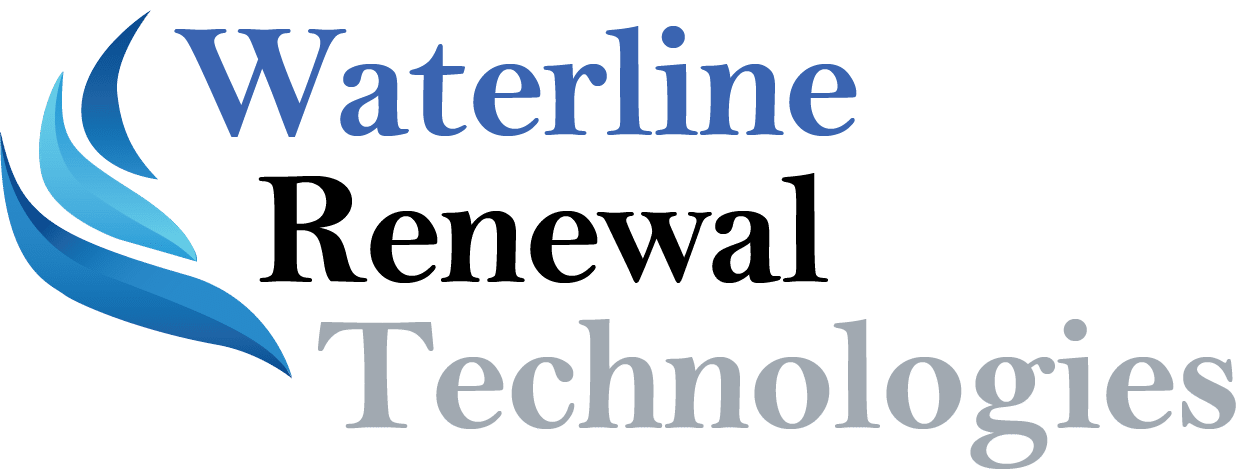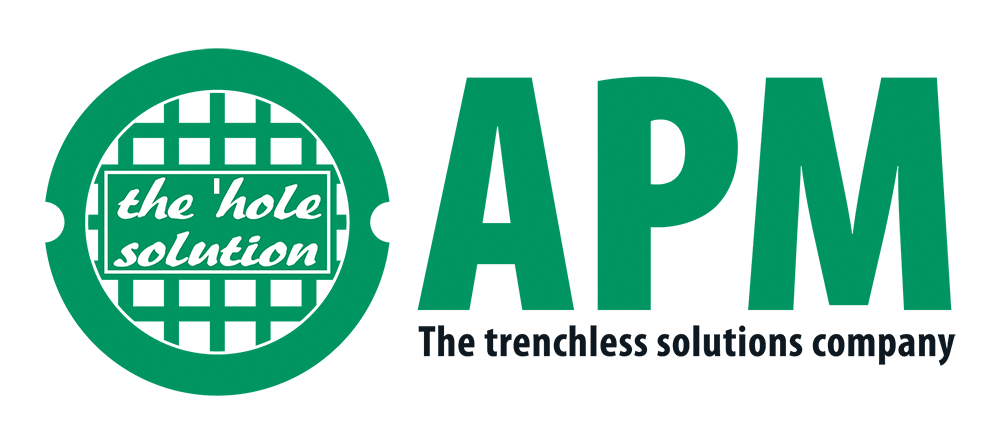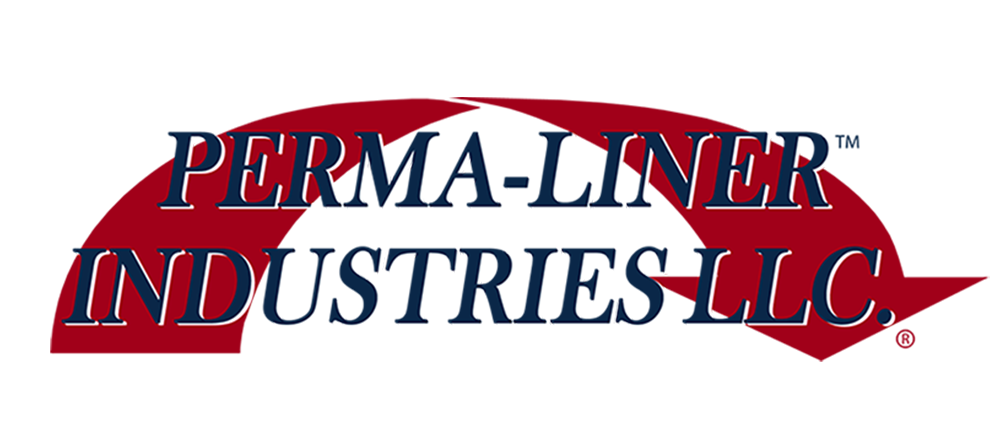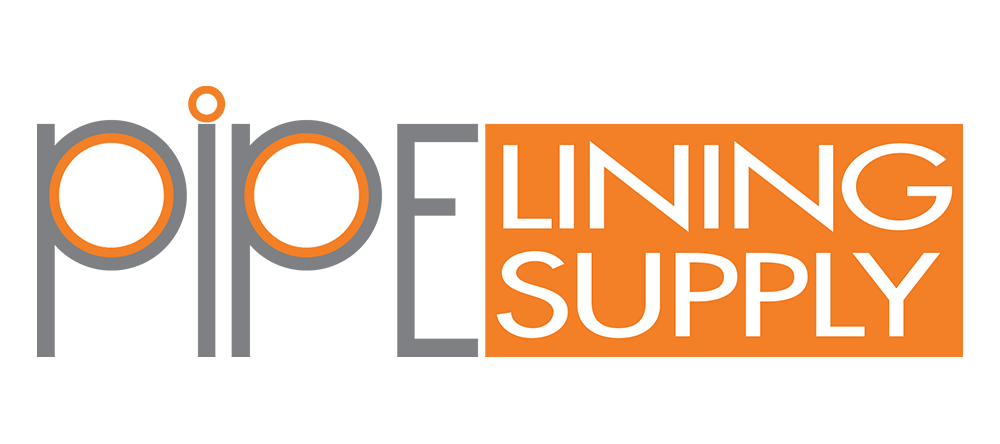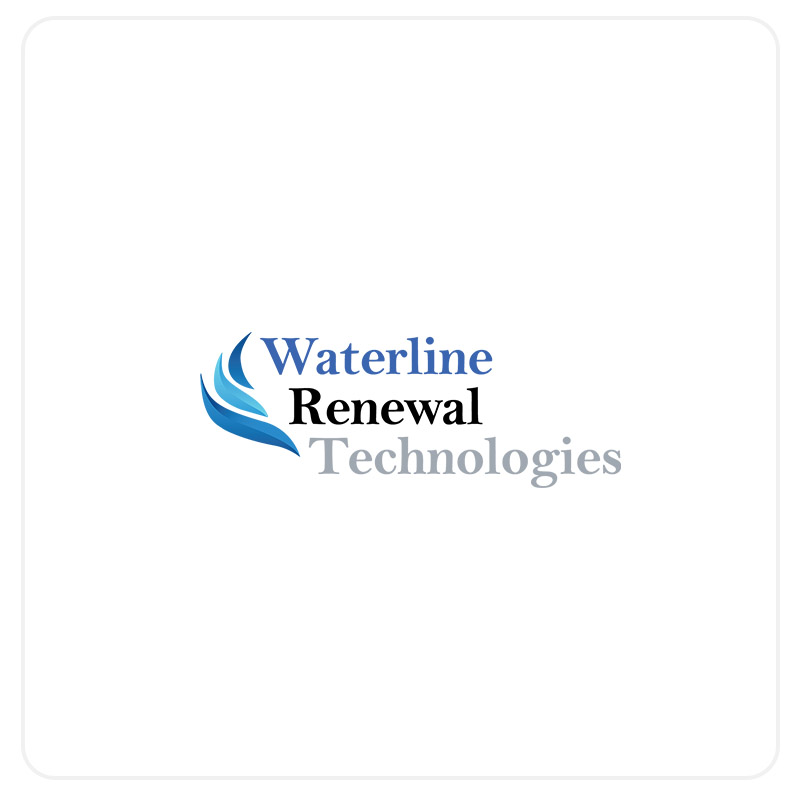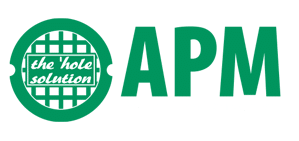In 2018, New Yorkers experienced an extremely rainy year. The rain washed pet waste, plastic utensils and other street grime into an aging sewer system that sometimes can’t handle it.
Every year the city releases 100 billion liters of untreated water sewage and stormwater runoff into its waterways. Whenever it rains heavily, the surge of stormwater forces the sewers to hit maximum capacity, causing wastewater to flow from the 100-year-old system into nearby rivers. A 100-year-old sewer system can barely manage light flow in certain places.
The city is working on various ways to improve water quality but those efforts might not be enough. Recently, researchers at Queens College found that pollution from the overflow might actually be contributing to greenhouse gases in nearby marshes.
Wetlands typically serve as carbon sinks, areas that can absorb carbon dioxide from the atmosphere. They trap and store the carbon through a process called biological carbon sequestration. Wetland vegetation and soil accumulate organic matter. This is all part of the carbon cycle, a set of processes by which natural systems absorb and emit carbon. It’s estimated that wetlands store about 35 percent of all land-based carbon.
Every time there’s a significant rain, human pollutants are carried by the excess stormwater into surrounding waterways, making the wetlands lose their ability to contain the carbon and allowing more greenhouse gases to enter the atmosphere.
Other environmental scientists have also been studying this area and have found similar results.
Climate change is leading to more intense storms and as a result New Yorkers are seeing major backups and sewer pipe problems. The NYC Panel on Climate Change expects up to an 11 percent increase in precipitation by the 2050s.
This excess amount of water is predicted to stress the city’s sewer system even further, causing wastewater that is normally treated by treatment plants to flow into nearby rivers and wetlands.
In 2012, the city committed to spend a total of $4.2 billion to mitigate combined sewer overflows. The order promised to invest in improvements like wastewater treatment plant upgrades, storage tanks and sewer separation as well as allot $1.5 billion to green infrastructure projects like rain gardens and green roofs.
As population increases, the amount of waste pouring into the system will increase, potentially emitting greenhouse gases. By 2050, according to the Mayor’s Office of Climate Policy and Programs, NYC is leading in the fight against climate change with a commitment to reduce these emissions 80 percent.
New Yorkers need to start taking action in order to reduce combined sewer overflows. They should start conserving water during rainstorms to help reduce the amount of sewage. It could be as simple as waiting to run the laundry or dishes or taking a shower until after the storm has rolled through the area.
These steps could significantly reduce how much sewage ends up in the waterways. Problem is, everyone has to take these steps to start seeing change.
